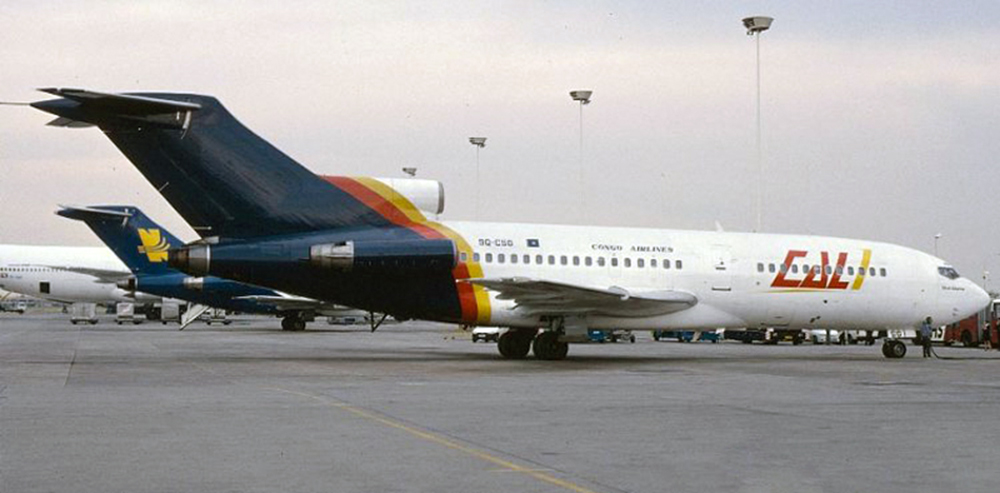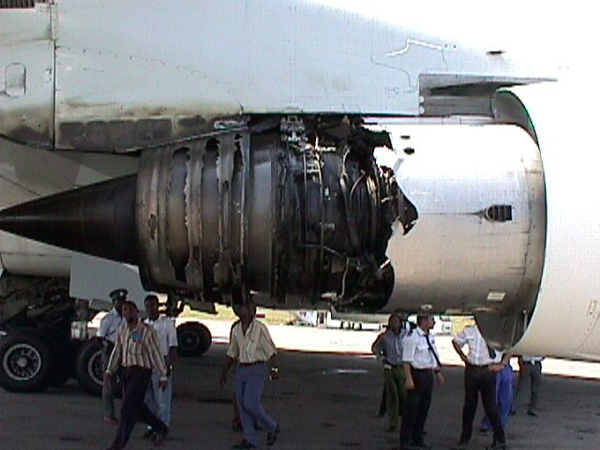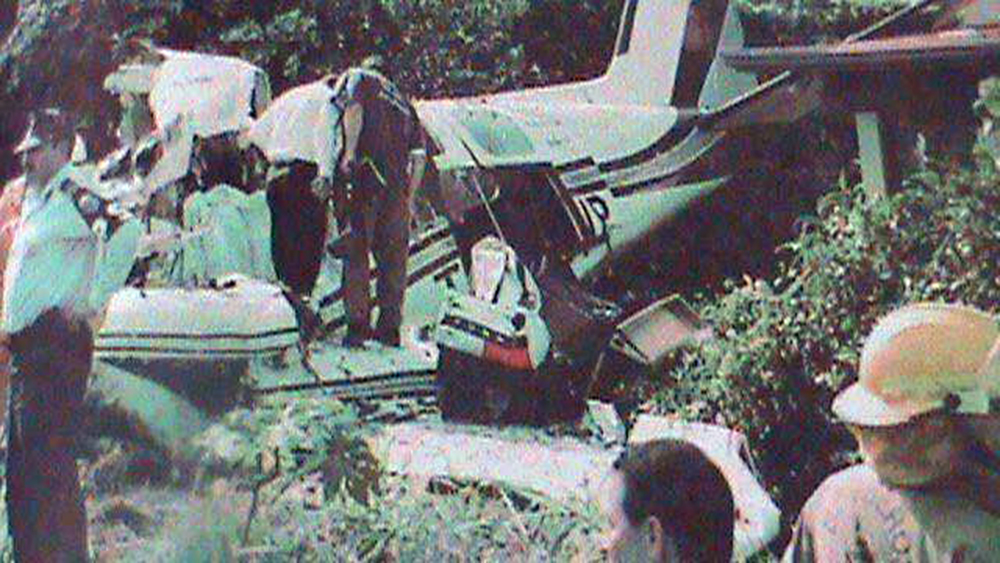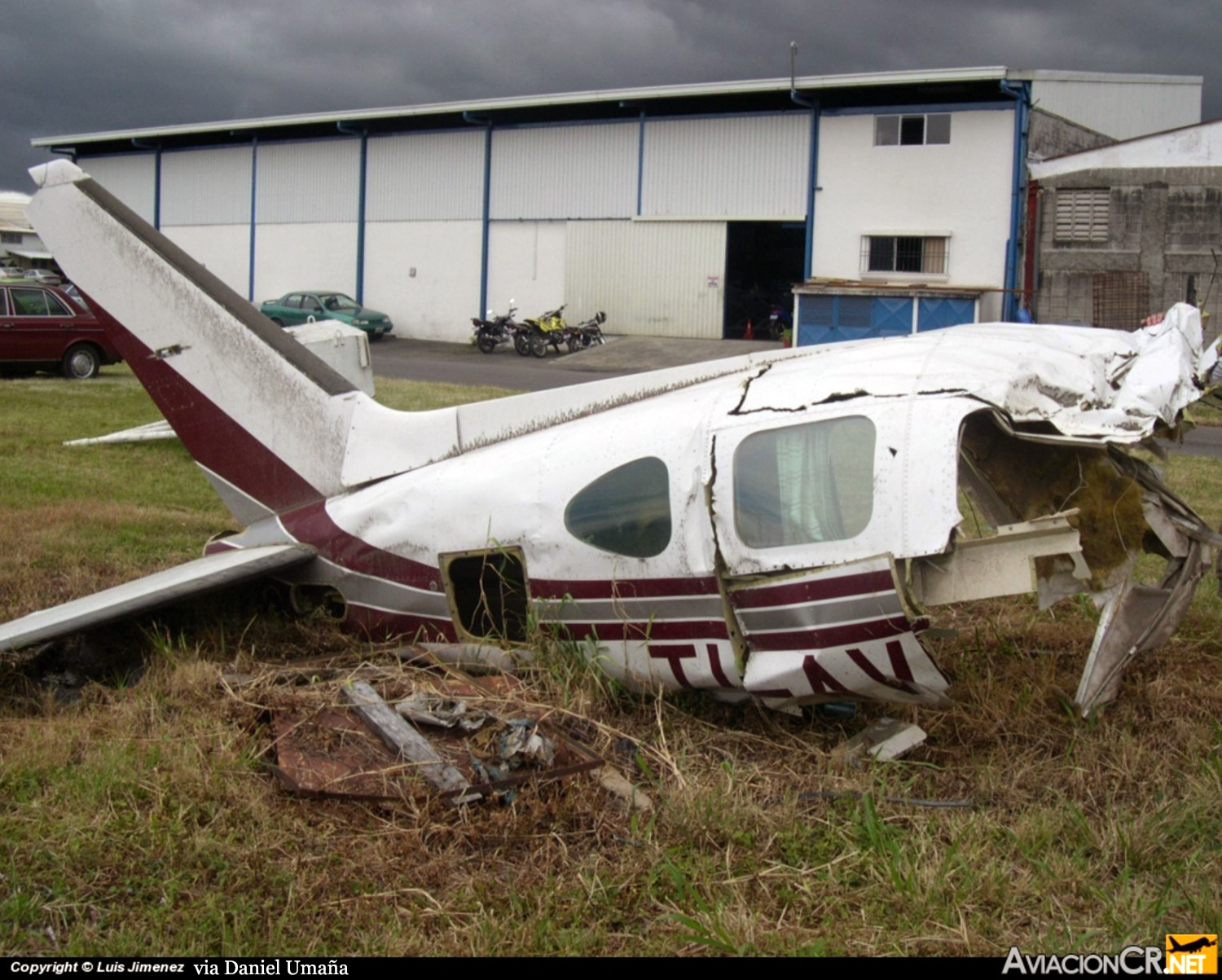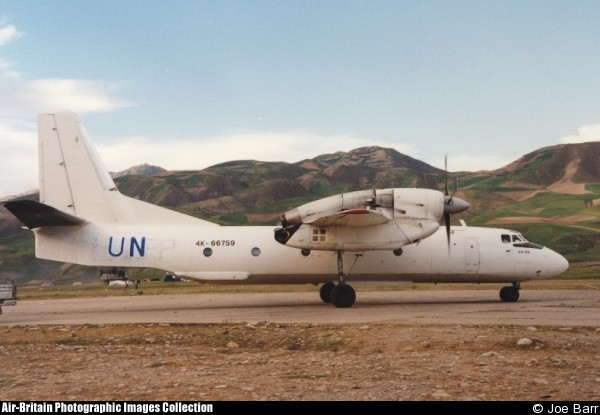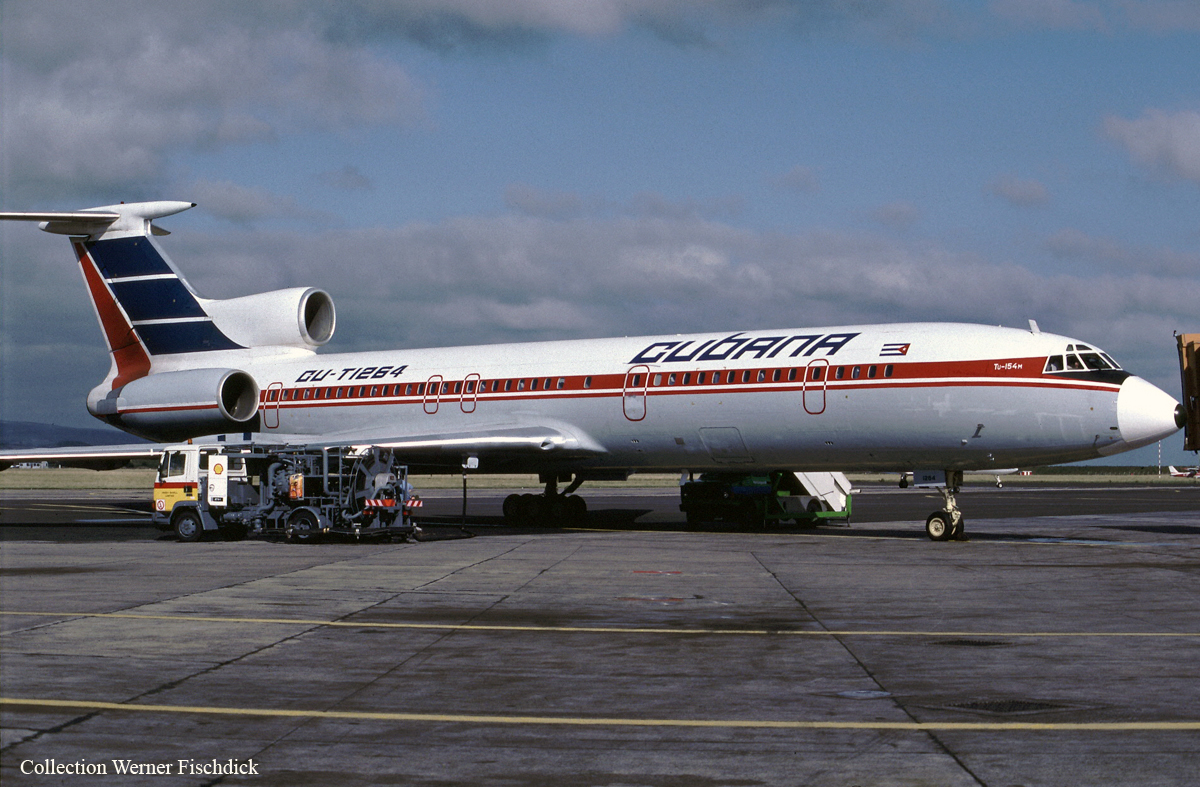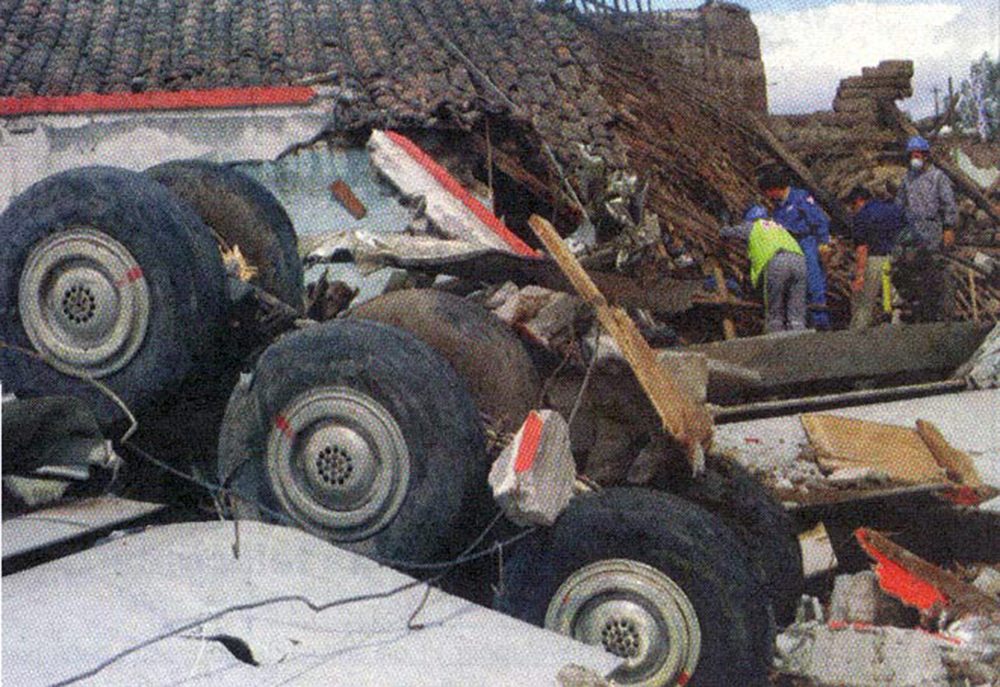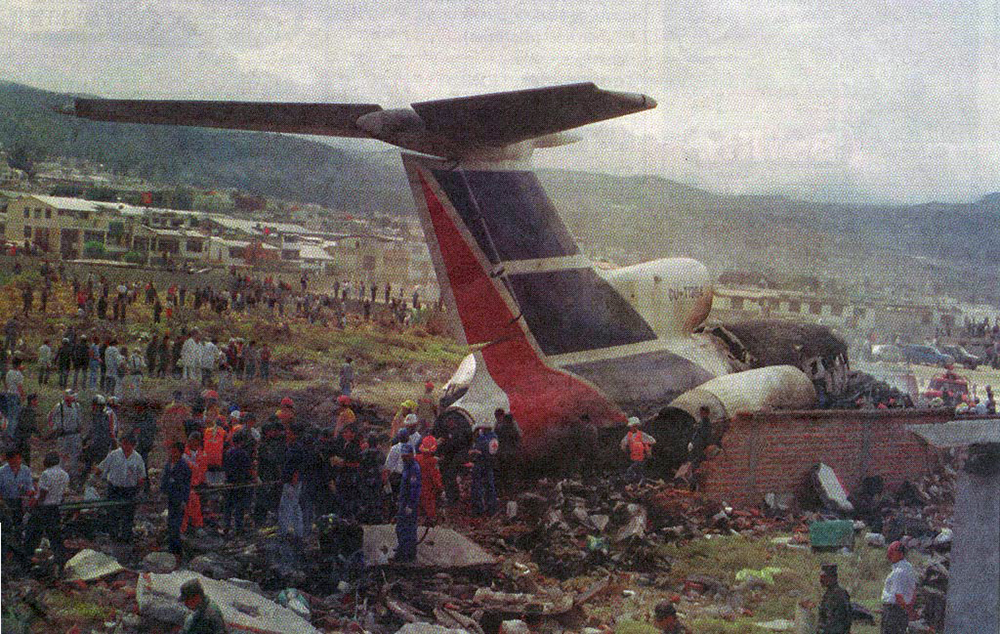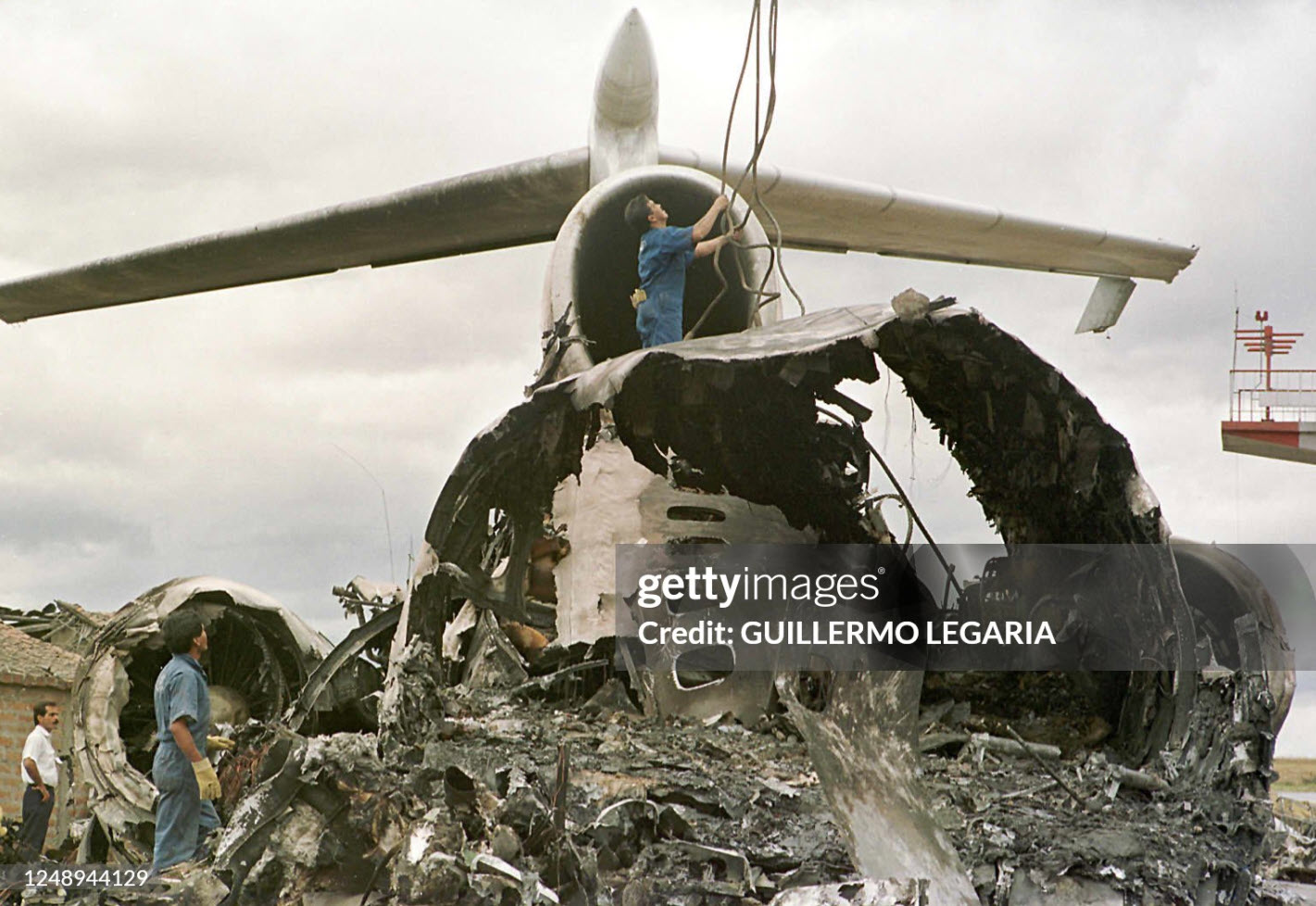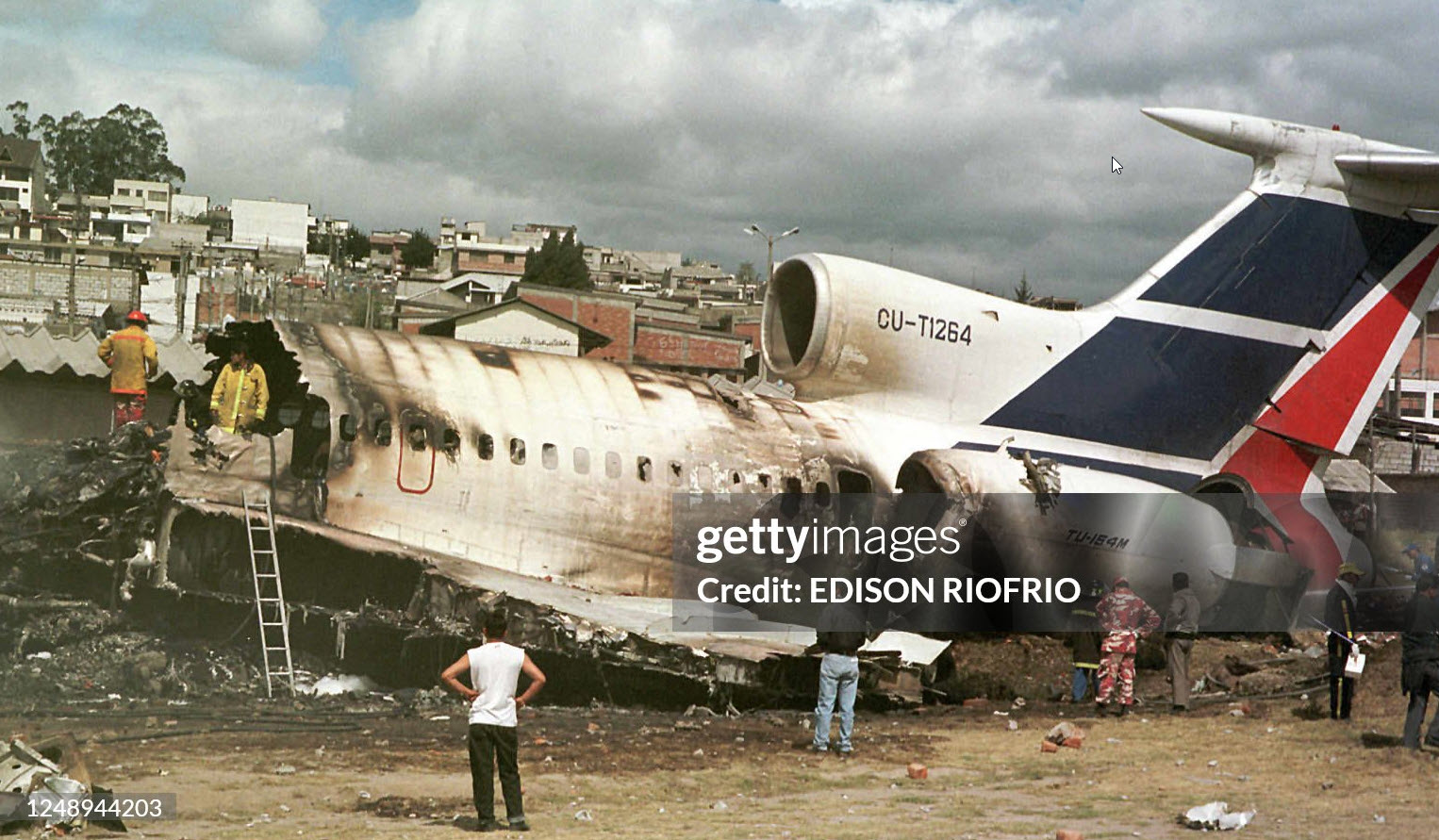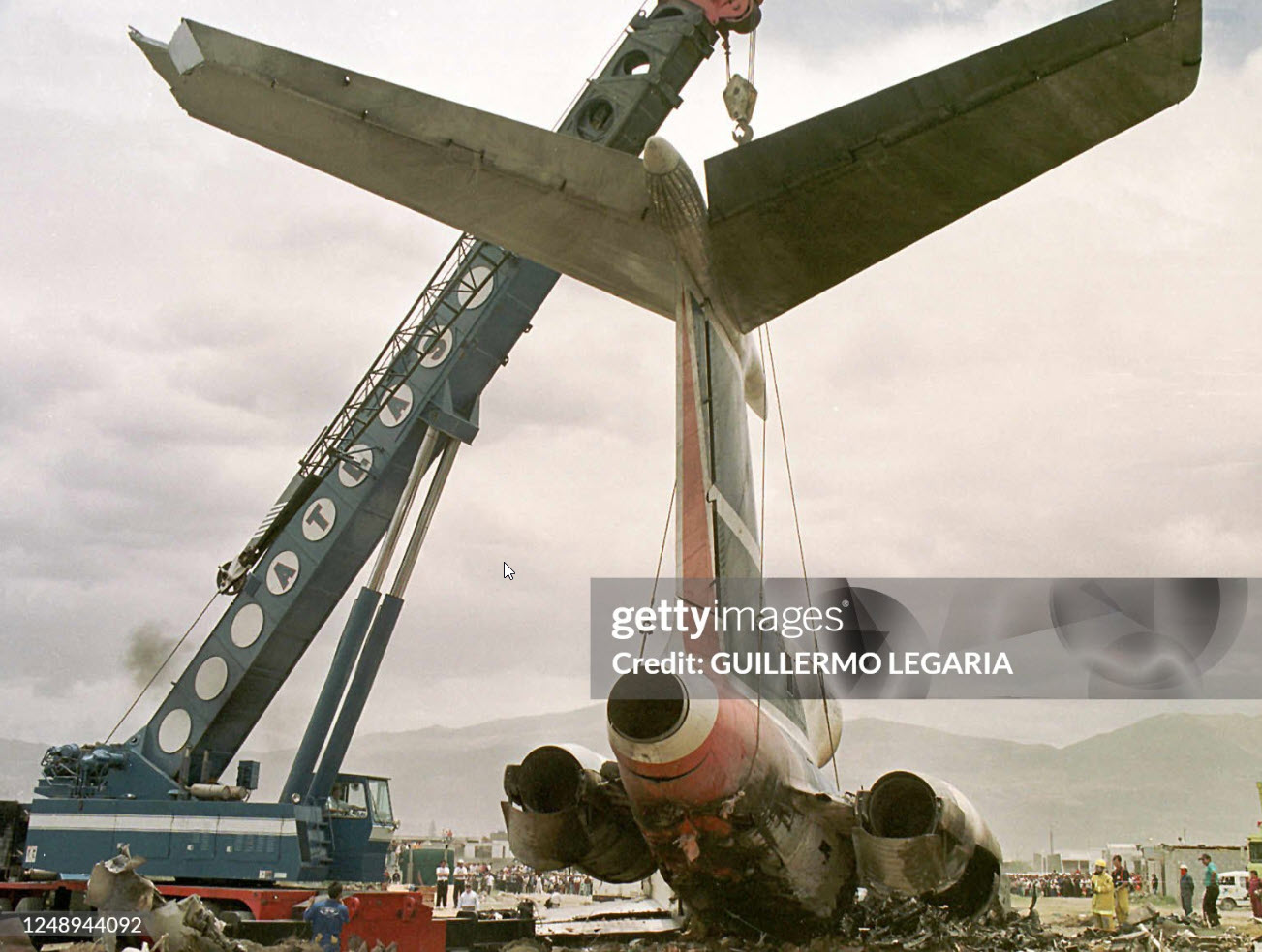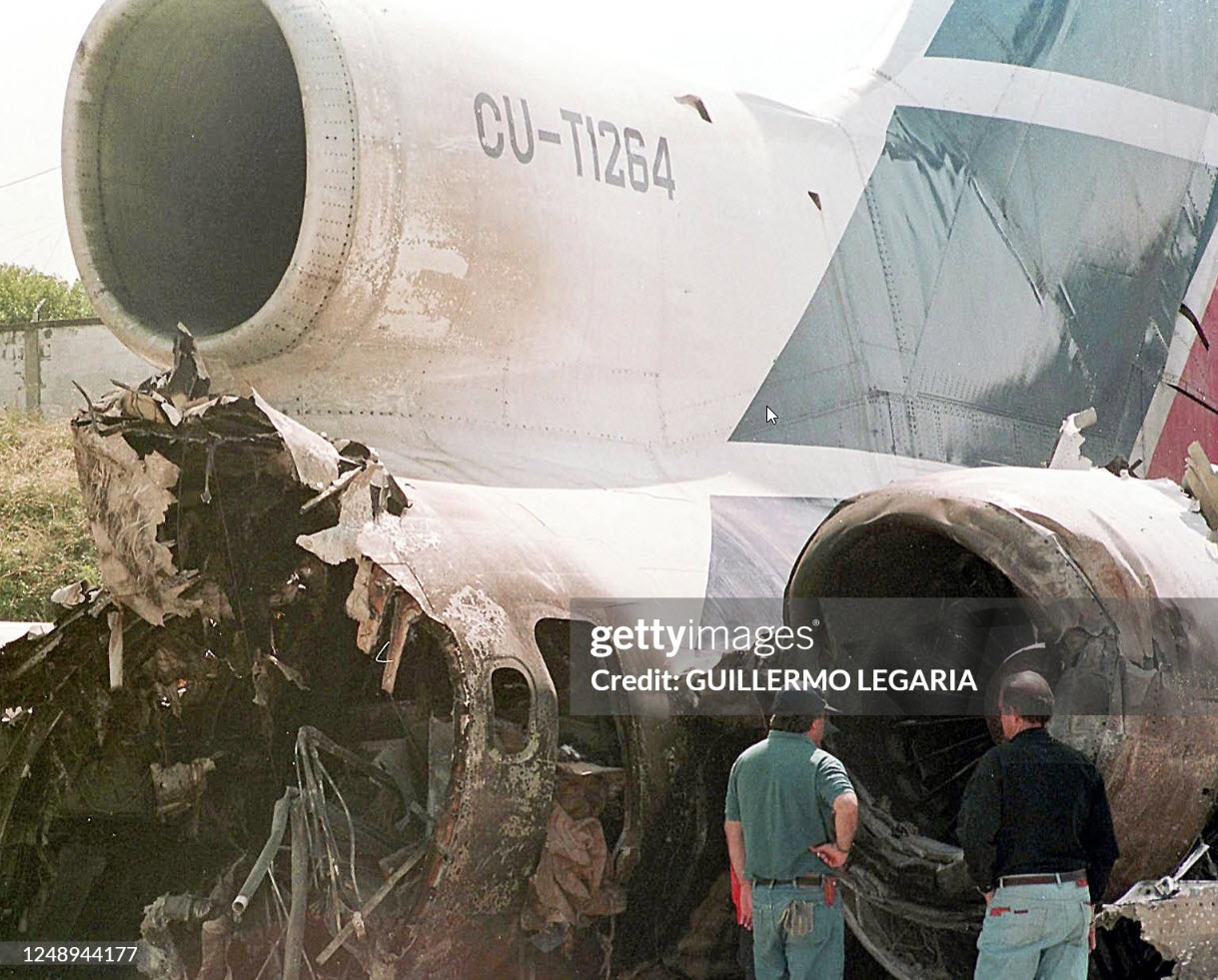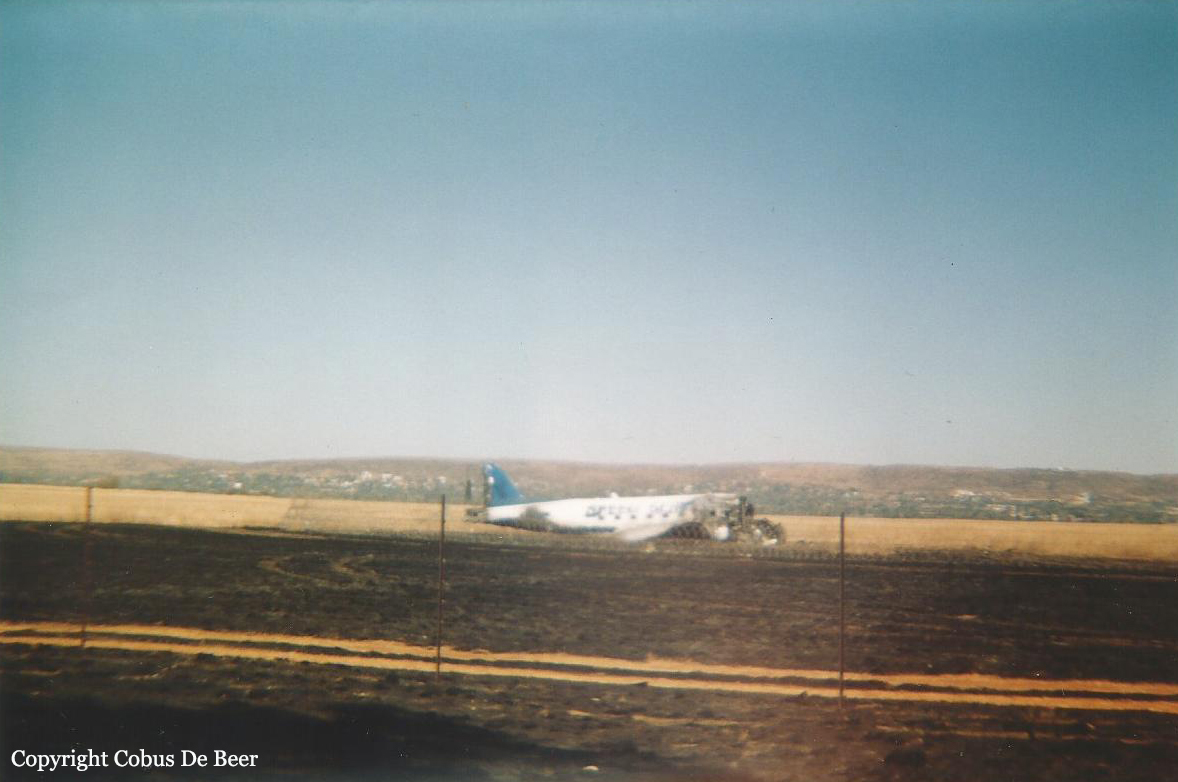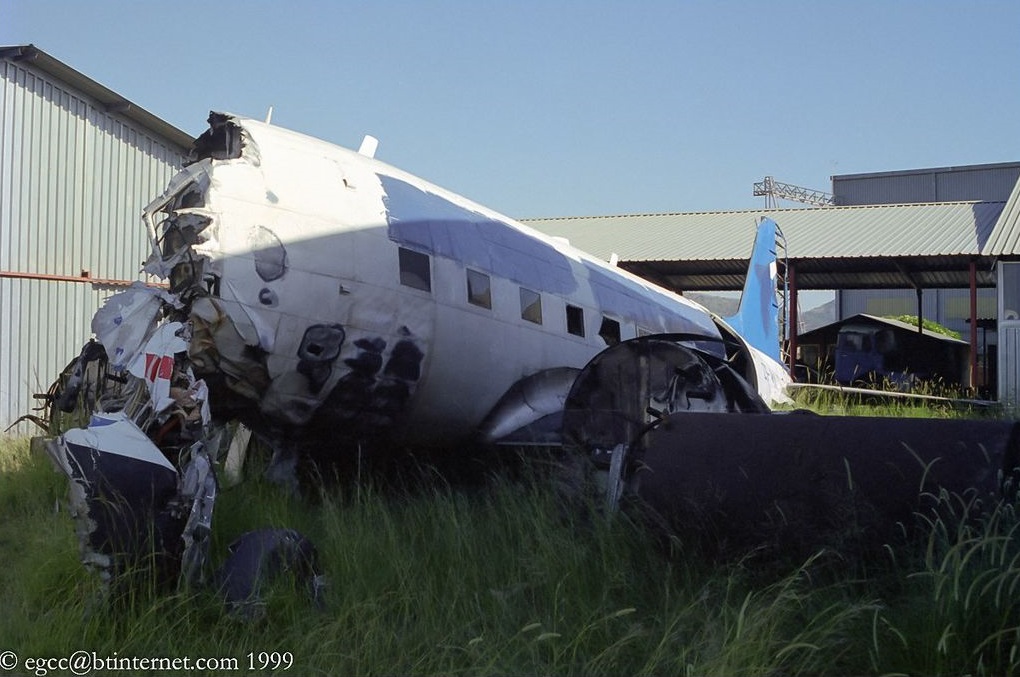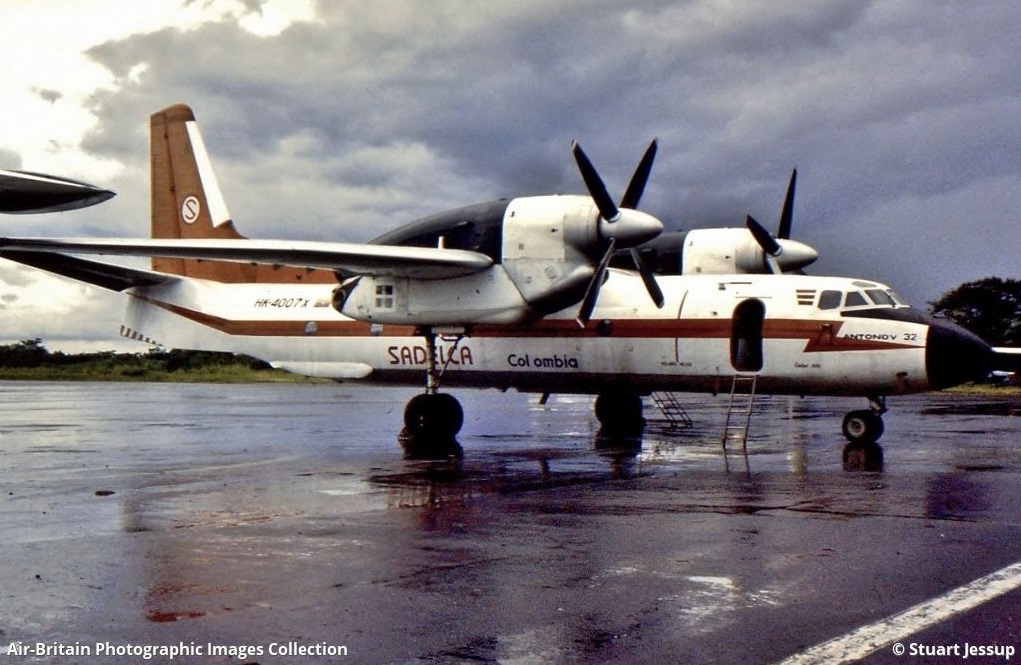Crash of a Short SC.7 Skyvan 3M Variant 400 in Zell am See
Date & Time:
Oct 17, 1998 at 1502 LT
Registration:
OE-FDF
Survivors:
Yes
Schedule:
Zell am See - Zell am See
MSN:
1958
YOM:
1978
Crew on board:
2
Crew fatalities:
Pax on board:
19
Pax fatalities:
Other fatalities:
Total fatalities:
0
Aircraft flight hours:
6007
Aircraft flight cycles:
5409
Circumstances:
After takeoff from runway 25 at Zell am See Airport, the aircraft started to roll left and right. It banked right to an angle of 40° then stalled and crashed in an open field near the airport. All 21 occupants were rescued, among them eight were injured. The aircraft was damaged beyond repair after the undercarriage and both wings were torn off upon impact.
Probable cause:
The takeoff was initiated at an insufficient speed of 65 knots. It was determined that the friction locks of the throttles were not or not properly set prior to takeoff. Due to the vibration of the airplane, the throttles slowly retarded during the takeoff roll.



